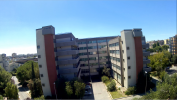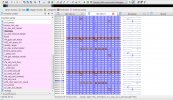thegamut
Active Member
- Joined
- Jul 22, 2016
- Messages
- 118
- Reaction score
- 68
- Country
- Barbados
- Dash Cam
- Q3H aparently.
Seems you have to desolder the flash chip to get a full dump from it.
not really, just DD all of the partitions from the nand and place them in the appropriate spots inside any full_img.fex.
If you have a friend with the camera you are golden.
Phoenix suite does that. You have image format to unpack and repack, all v3 images have the same layout so far.ı cant find tool for allwinner



